The Most Common Auto Collision Repairs and How They’re Done
Auto collisions, whether small fender benders or more serious accidents, are an unfortunate reality for many drivers. Restoring your vehicle to its pre-accident condition often requires professional work that addresses both visible and hidden damage. Learning more about the most common auto collision repairs and how they're performed can give drivers peace of mind while helping them understand what to expect at the repair shop. According to Amica Insurance, around 1.7 million rear-end collisions take place in the U.S. each year. In this article, we'll explore the most frequent repairs after collisions and explain the general processes behind them.
Frame Straightening and Structural Repairs
One of the most significant services after a serious accident is frame straightening. The vehicle's frame provides structural integrity, and even a minor misalignment can affect safety and drivability. Shops use computerized measuring systems and hydraulic machines to restore the frame to its factory specifications. Technicians secure the vehicle on a frame rack, attach clamps and chains, and then use hydraulic pressure to carefully realign the structure. By restoring the frame, they help ensure the car performs as designed in future driving conditions or potential accidents.
Aluminum Vehicle Repairs
With more manufacturers using aluminum in cars and trucks, repairs require special equipment and training. Unlike steel, aluminum doesn't return to its original shape once bent. Collision repair professionals often use dedicated aluminum workspaces to prevent contamination from steel dust. Repairs may involve cutting away damaged sections, welding in new panels, or using adhesive bonding techniques. These specialized methods ensure that lightweight, fuel-efficient vehicles maintain their structural strength.
Collision Repair and Panel Replacement
General collision repair includes fixing or replacing damaged panels such as doors, hoods, or fenders. When dents or cracks are too severe to repair, panels may need full replacement. Technicians remove damaged sections, align new parts, and secure them using factory-approved techniques like spot welding or bolting. Afterward, they prep and paint the new panels so they blend seamlessly with the rest of the vehicle. This process restores both appearance and protective integrity.
Dent Repair and Paintless Techniques
Not all dents require full panel replacement. For smaller dings and creases, many shops use paintless dent repair (PDR). Technicians use specialized rods and tools to massage the dent out from behind the panel. This method preserves the factory paint, which avoids costly refinishing and maintains the original coating. PDR is often quicker and less expensive than traditional methods, making it popular for minor collision repairs.
Uni-Body Repairs
Most modern vehicles are built on a uni-body structure, where the frame and body are integrated. When damaged, uni-body repairs involve realigning not just the outer panels but also the underlying support structures. Advanced computerized equipment helps measure and correct even the smallest misalignments. Proper uni-body repair is crucial to restoring crash-safety features like crumple zones, which are engineered to absorb energy in an accident.
Headlight Restoration and Replacement
Collisions often damage headlights, either by cracking the lenses or misaligning the mounts. Technicians may polish and restore cloudy or scratched lenses, but in many cases, full replacement is necessary. Proper alignment is equally important; headlights must be aimed correctly to provide safe visibility at night. Shops often use specialized aiming tools to make sure lights meet state inspection requirements.
Scratch Removal and Polishing
Scratches are among the most common types of cosmetic damage after a collision. Depending on severity, technicians may buff and polish shallow scratches or sand and repaint deeper ones. For professional results, they carefully match the vehicle's paint code and apply protective clear coats. This process not only restores appearance but also protects the underlying metal from rust and corrosion.
ADAS Calibration and Diagnostics
Modern vehicles rely heavily on Advanced Driver Assistance Systems (ADAS), such as lane departure warnings, adaptive cruise control, and collision-avoidance sensors. After a collision, these systems may require recalibration to function correctly. Technicians connect the vehicle to diagnostic equipment, perform software resets, and physically realign sensors and cameras. Proper calibration ensures these safety features continue to protect drivers and passengers.
Auto collisions can disrupt your daily life, but understanding the most common repairs and how they're performed can make the process less stressful. From frame straightening and uni-body adjustments to dent repair, scratch removal, and ADAS calibration, professional technicians have the skills and tools to restore both safety and appearance. With millions of rear-end accidents happening every year, it's reassuring to know that skilled repair professionals are ready to get you back on the road. If you've been in an accident and need professional help, don't wait—contact The Paint Spot today to schedule an appointment and restore your vehicle with confidence.
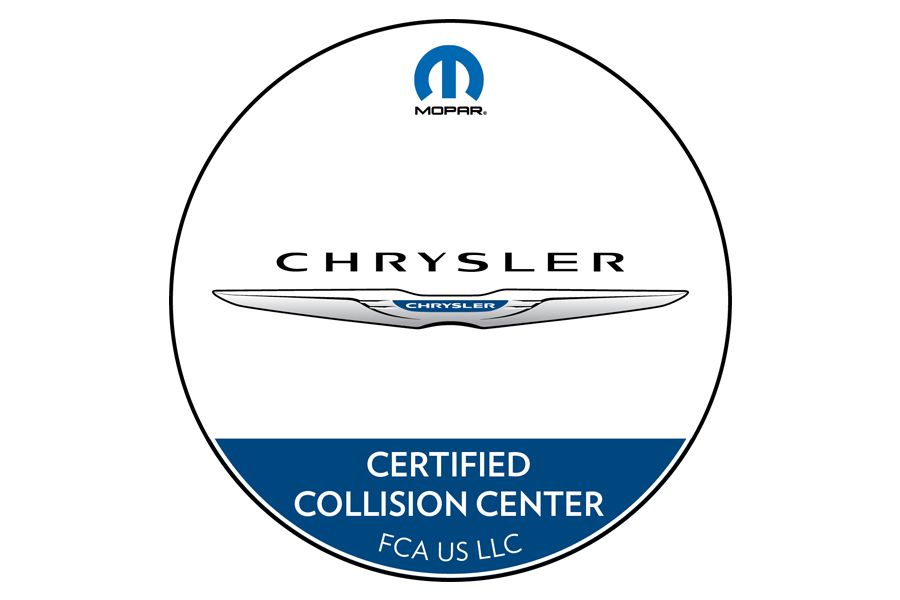
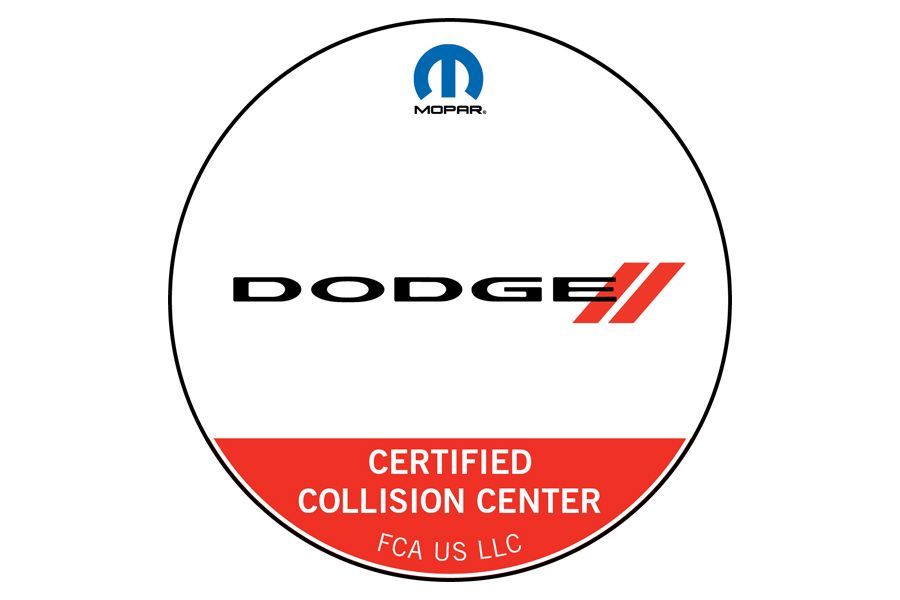
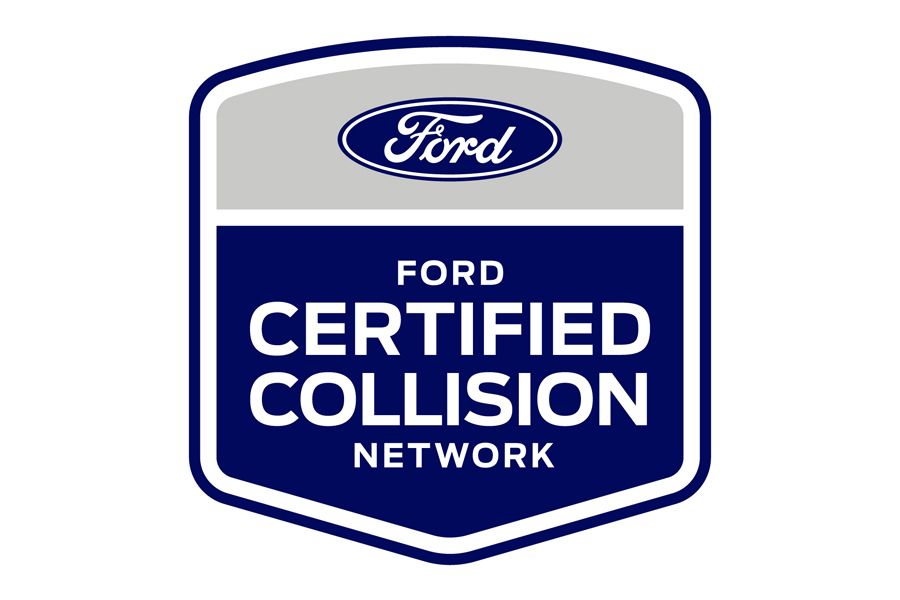

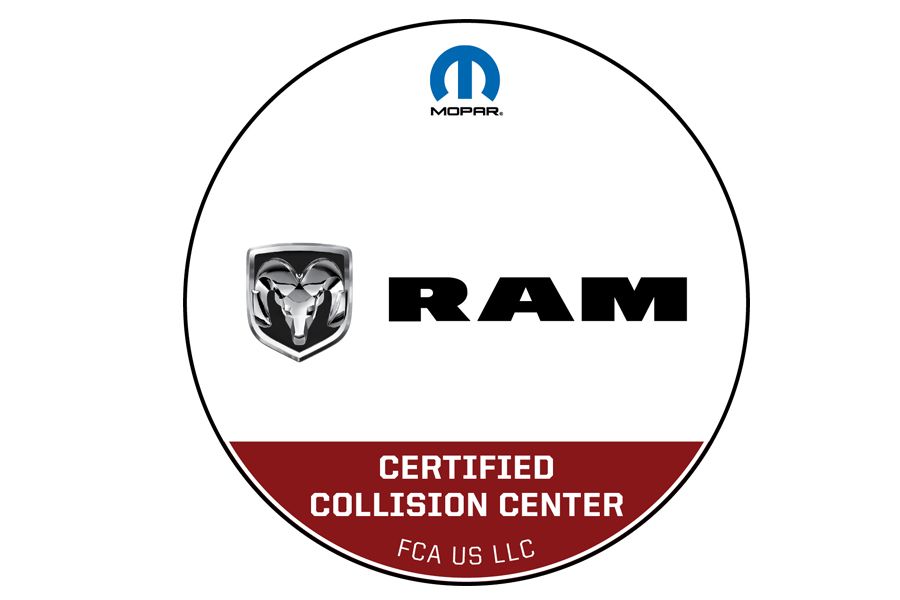
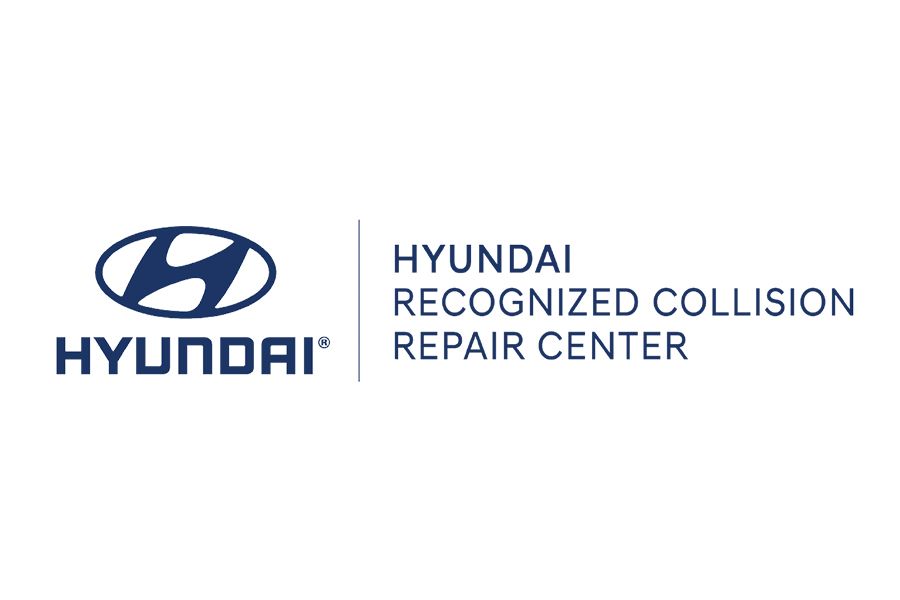
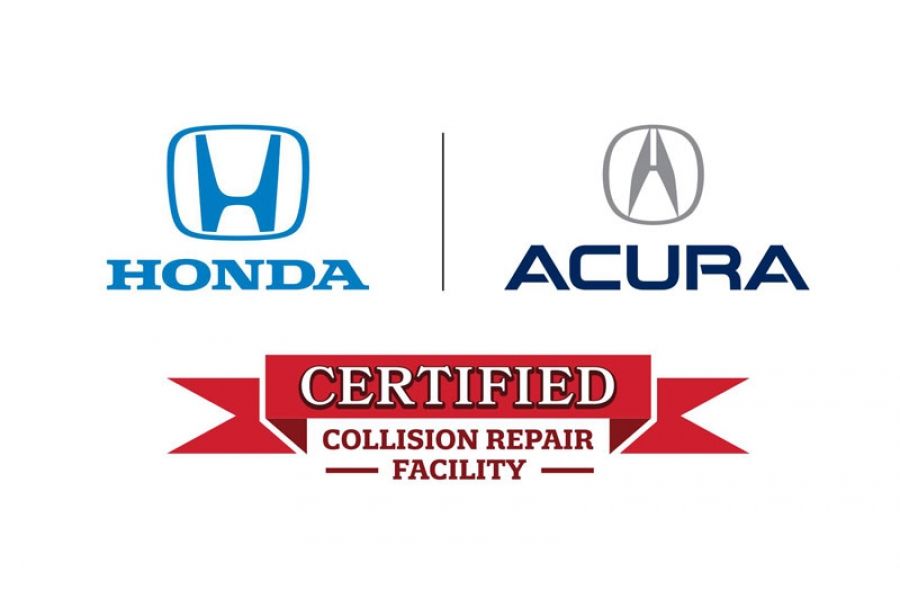
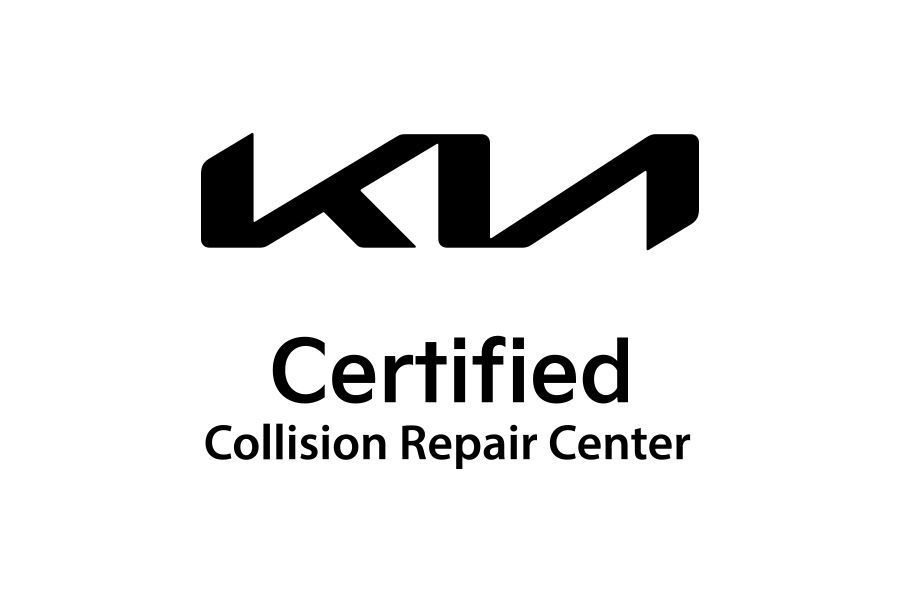

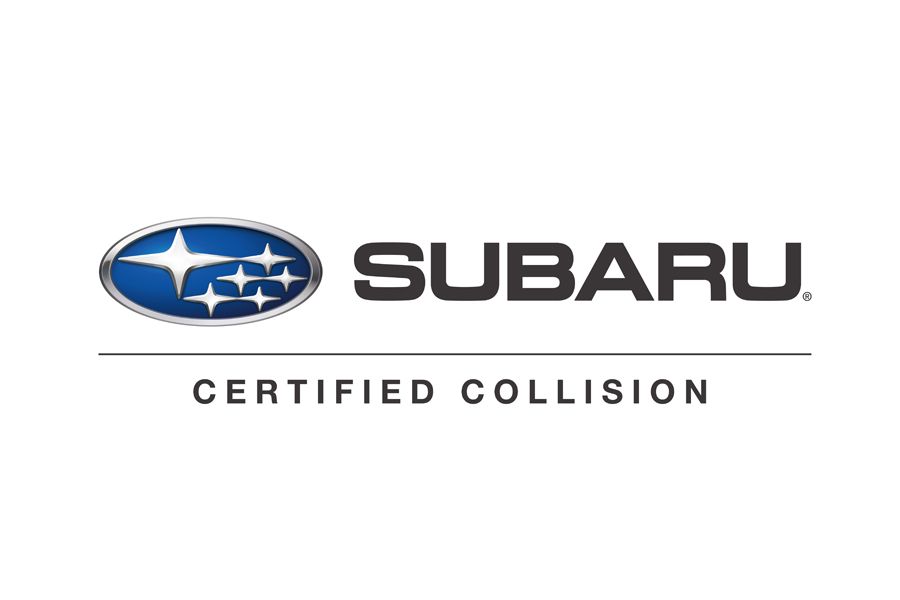
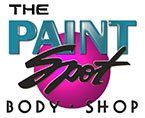
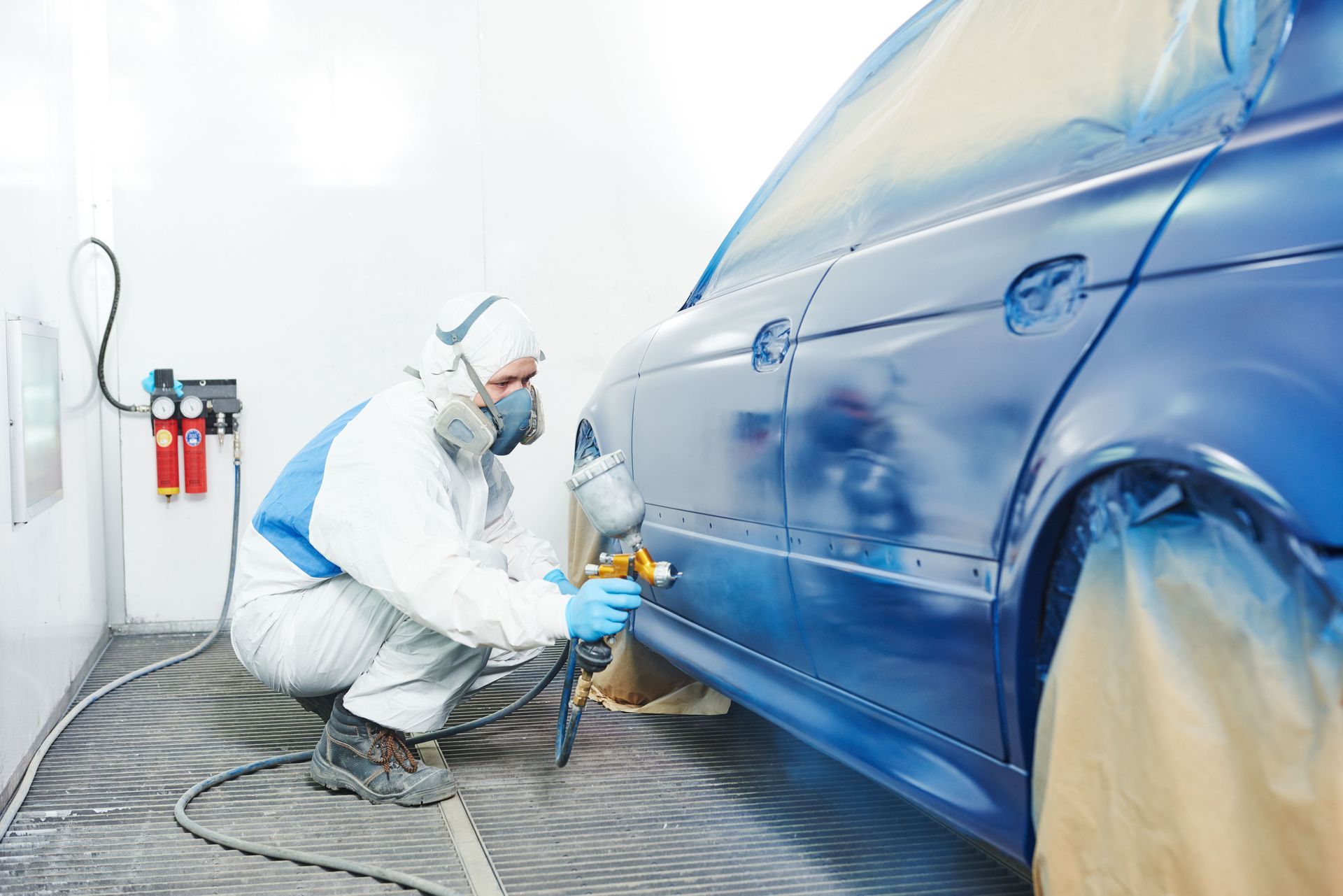
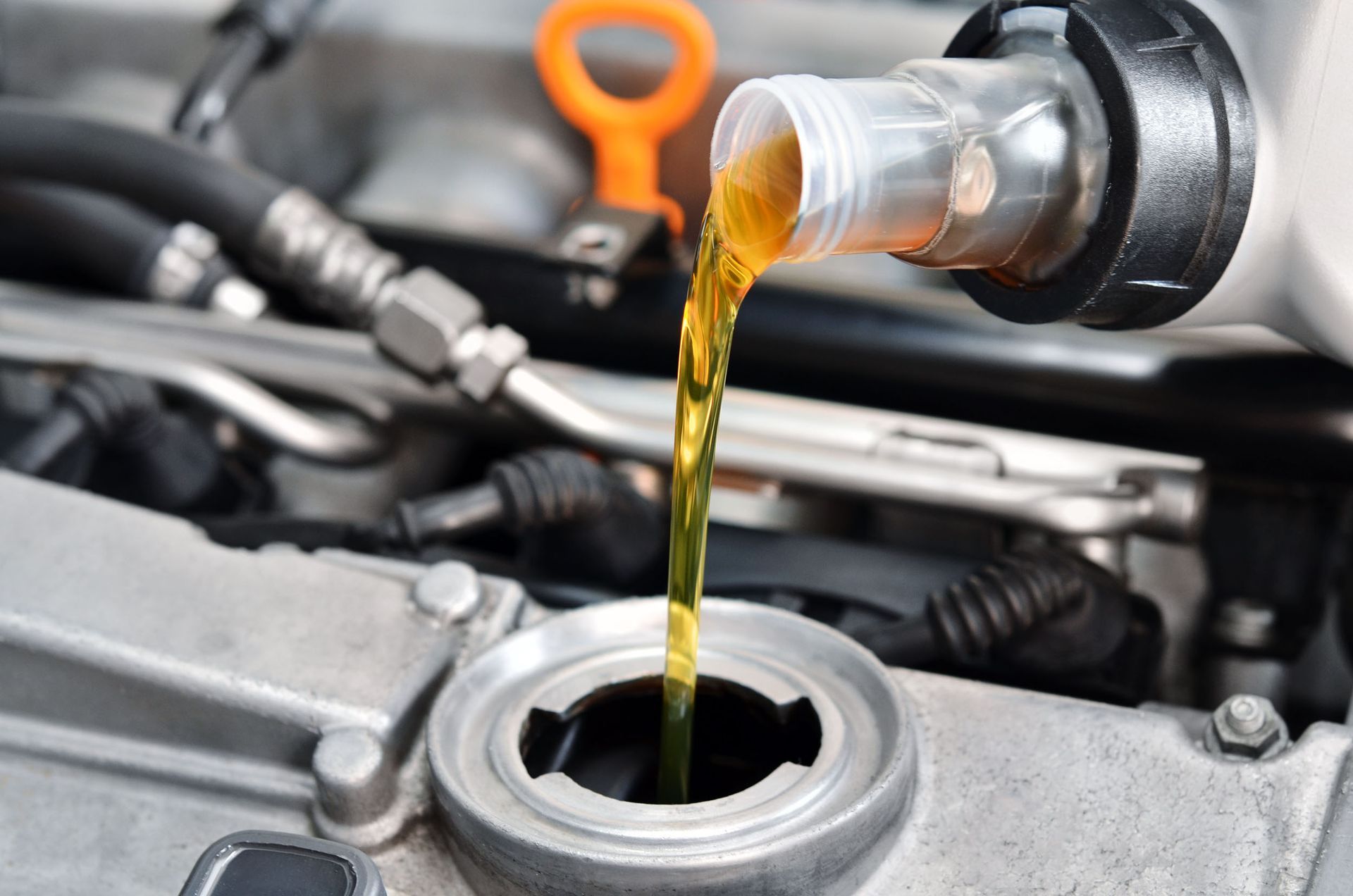
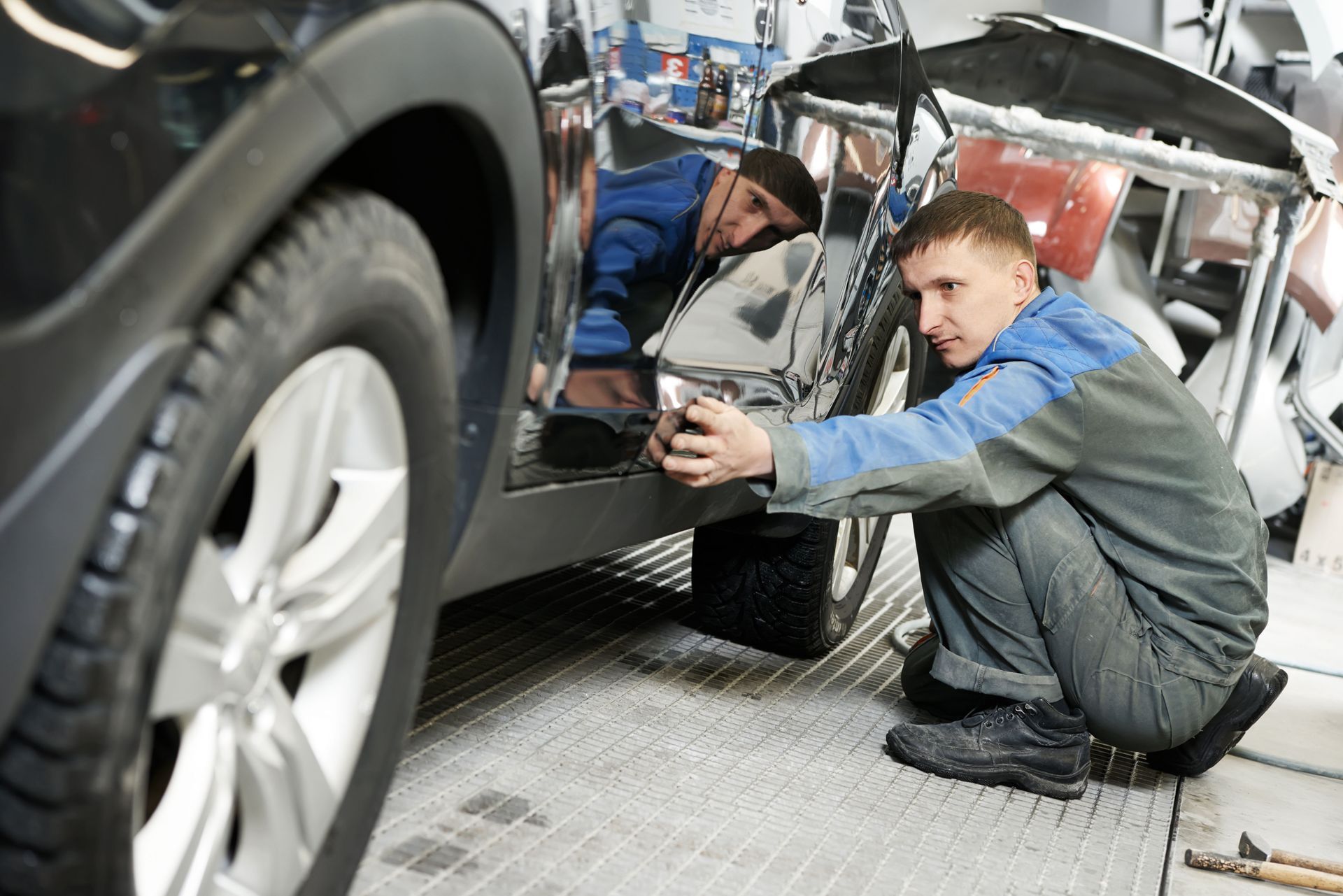
Share On: